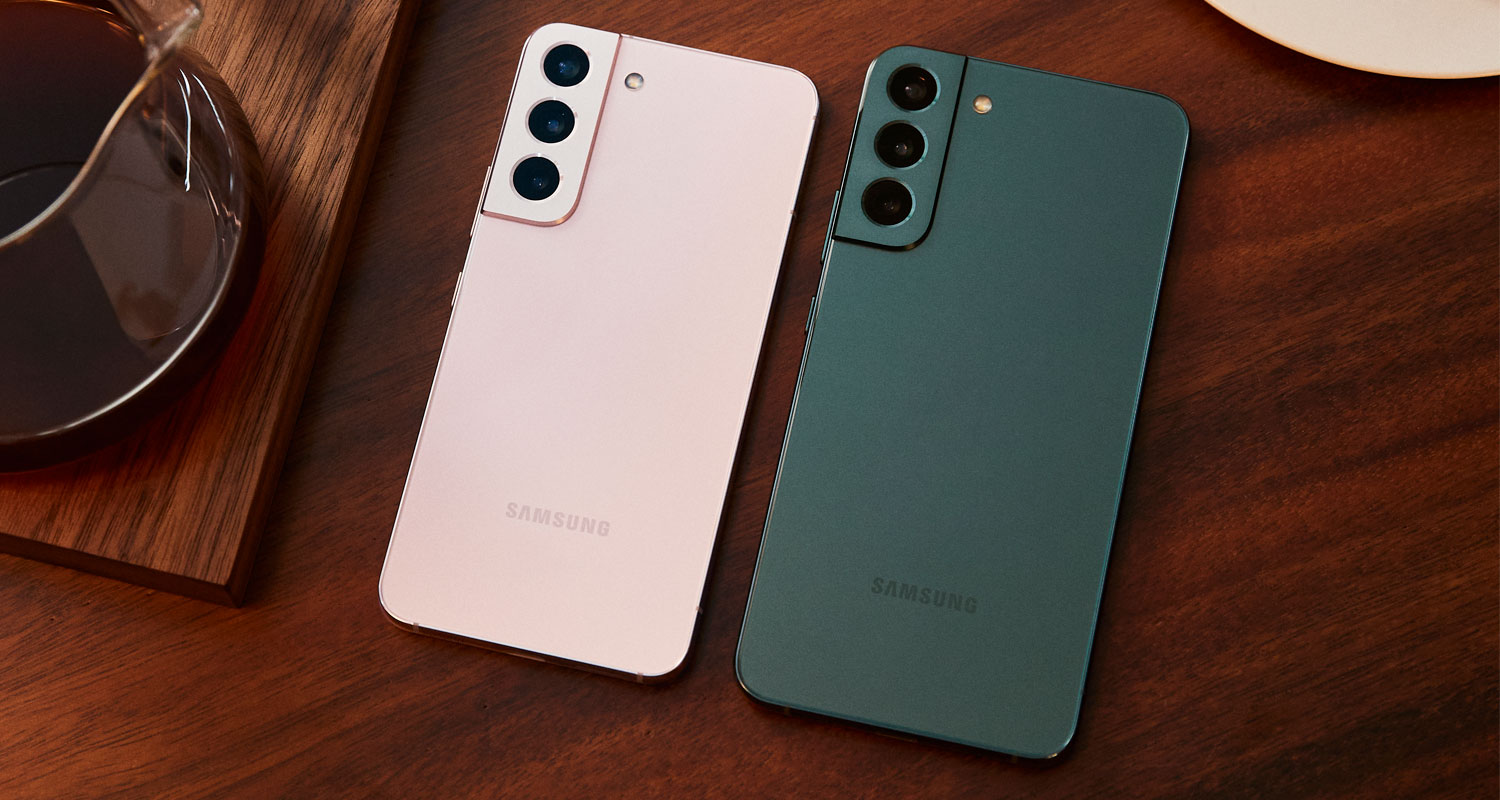 Samsung Electronics’ flagship Galaxy S22 smartphone has taken a battering from reports of hobbled performance and has seen its price halved at home in South Korea just weeks since its launch, hurting its image as an iPhone rival.
Samsung Electronics’ flagship Galaxy S22 smartphone has taken a battering from reports of hobbled performance and has seen its price halved at home in South Korea just weeks since its launch, hurting its image as an iPhone rival.
Consumers have complained — and even filed a class-action lawsuit — about the handset maker advertising what it called its most powerful smartphone yet with scant detail about performance management software that they say drastically slows the premium device when using processor-intensive applications.
Such are the complaints that the Korea Fair Trade Commission last month began investigating the world’s biggest phone vendor.
The controversy represents a blow to Samsung’s reputation for high-end handsets — and potentially its finances — as it tries to make up for two years of premium sales that missed analyst estimates and reverse a decline in market share. “The dispute will inevitably be a big hit to Samsung’s credibility,” said analyst Lee Seung-woo at Eugene Investment & Securities.
At the heart of complaints is Samsung’s Game Optimising Service (GOS) which manages device performance during gaming to prevent overheating and preserve battery life. The manufacturer introduced the software in 2016, just months before it pulled its premium Galaxy Note7 following a series of battery fires.
GOS automatically limits handset performance during gaming but also during use of other performance-intense applications, said Geekbench, a widely used performance scorer, which found the software slowed the S22’s processor by as much as 46%. The extent to which GOS slows the S22, lack of details about the software in marketing materials, and the inability to disable it set social media alight.
‘Unprecedented’
“This is an unprecedented, crazy issue that can’t be excused in any way,” ITSub, a YouTuber with 2.1 million subscribers who specialises in gadgets, said in a YouTube post.
Samsung said it issued an update to allow users to disable the software with no risk to safety. It also said it would continue to invest to innovate in both hardware and software.
The S22 series hit sales of a million handsets in South Korea within six weeks of release, reaching the mark two weeks faster than its predecessor, Samsung said.
“The intentional performance downgrade surely had a negative effect, but its actual impact on Samsung’s sales seems limited. Data shows that sales are not much affected,” said analyst Kim Ji-san at Kiwoom Securities.
Still, South Korea’s three major telecommunications providers have nearly doubled subsidies for the S22, pushing its price as low as ₩549 000 won (R6 700) from a launch of ₩999 000. Apple’s iPhone 13, released in October, starts at W1.09-million with carriers offering smaller subsidies of around ₩150 000.
 “When subsidies go up simultaneously at all three telcos, it’s typically the manufacturer making up the contributions,” said an official at carrier LG Uplus, declining to be identified due to the sensitivity of the matter.
“When subsidies go up simultaneously at all three telcos, it’s typically the manufacturer making up the contributions,” said an official at carrier LG Uplus, declining to be identified due to the sensitivity of the matter.
Samsung’s 2021 market share in devices over US$400 shrank three percentage points to 17% from a year prior, while Apple’s rose five percentage points to 60%, showed data from market researcher Counterpoint. The data also showed sales of both the S20 and S21 fell short of the S series’ first-year norm of 30 million units.
Early shipments of the S22, launched late February, indicate Samsung will move over six million handsets by March-end, broadly in line with expectations, said Counterpoint Associate Director Sujeong Lim.
Still, Lee at Eugene Investment & Securities, expects the GOS furore to combine with increased component costs to leave April-June operating profit at Samsung’s mobile arm at ₩3-trillion, down from a previous forecast of ₩3.4-trillion.
IBK Investment & Securities analyst Kim Un-ho also downgraded his forecast to ₩3-trillion from ₩3.5-trillion.
Samsung is putting too much emphasis on cutting costs, which led to this unfortunate case
Samsung on Thursday said it expects to report an estimated 50% jump in overall January-March operating profit on 28 April, as demand for its memory chips remained solid.
Teardowns of the lowest-priced S22 showed the handset lacked a cooling component called a vapour chamber, implying increased reliance on software to manage overheating, reviewers said. Analysts said the lean towards software solutions stems from a renewed policy to cut costs — a strategy they said erodes a reputation as an innovator based on hardware strength.
Lee said Samsung “is putting too much emphasis on cutting costs, which led to this unfortunate case”.
One consequence of the switch is a class-action lawsuit from 1 885 consumers arguing Samsung’s marketing inflates the S22’s performance. “If Porsche has a speed limit of 100km/h, would you still buy it?” said Kim Hoon-chan, the lawyer representing the consumers, adding that some 1 500 people have joined to file a second class-action suit. — Byungwook Kim, with Joyce Lee, (c) 2022 Reuters




